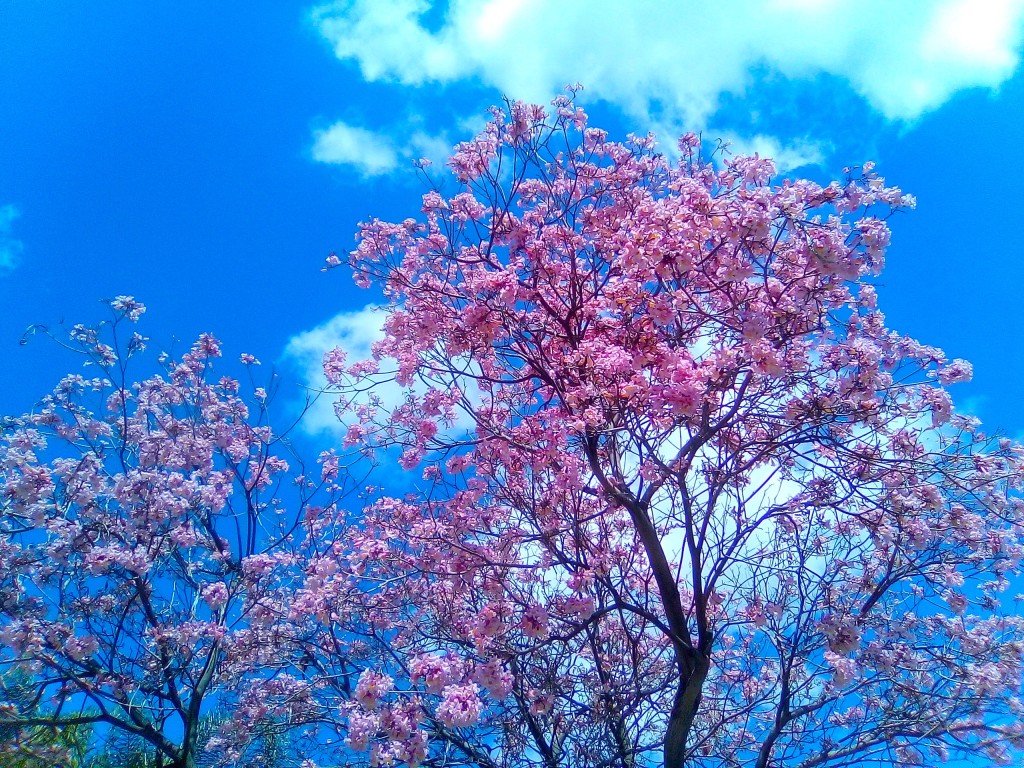Whether in late March or April, Easter falls within spring weather patterns, and in Southern California, that typically translates to either mild sunny days, cloudy and chilly but dry days, or some mixture of the two.
But over the generations, there have been some unique weather conditions that have greeted Southern Californians celebrating the resurrection of Jesus Christ on Christianity’s foremost annual holiday.
Looking specifically at my hometown of Riverside, where weather records have been kept since 1893, here are some of the most notable Easter conditions.
Rain
March 31, 2024, was the first Easter since April 16, 1995, when significant rain fell in Southern California.
Many lowland areas received between one and three inches of rain in a two-day storm, while up to two feet of snow fell in the mountains, creating a weatherscape that might seem more emblematic of Christmas than Easter.
It was also the second-coldest Easter daytime temperature on record, with a high of only 54°F.
For those old enough to remember, the sunrise services moved indoors were reminisicent of the situation in 1995, when snow snarled the mountain passes, high winds knocked out power in some areas and frozen precipitation was observed as low as 1,500 feet.
That Easter would mark the beginning of a very pivotal week in American history. On April 19, the Oklahoma City bombing would forever change America, marking an end to innocence and the arrival of terrorism on U.S. soil.
Other rainy Easters since World War II occurred in 1982, 1981, 1969, 1963, 1958, 1957, 1956 and 1950. But in many cases, those rainy days only had a few hundredths of an inch, often in the mornings amidst fog and low clouds that gave way to sunny (or partly sunny) afternoons.
At least in Riverside, the wettest (and coldest) Easter was March 27, 1910, when the high temperature was only 52°F and 0.94″ of rain fell.

Cold
Cold and rain often go together in Southern California in spring – but not always.
On March 27, 1921, Easter morning was a chilly 33°F, with below freezing temperatures in many spots. But the afternoon was a sunny and warm day.
Of course, prior to the 1950s, cold nights were more the rule than not in Riverside, as the urban heat island had not yet developed since the land was mostly citrus groves, rather than cityscapes that trap in the heat of the day.
Heat
Since early/mid spring can also be a time for (usually gentle) Santa Ana winds that can quickly raise temperatures to summer-like highs, there have been some very hot Easters in the Southland as well.
The record for Riverside goes to Easter 1936, when the temperature was 98°F on April 12, 1936. It was also 95°F on Easter 1930 (April 20, 1930) and Easter 1962 (April 22, 1962). And on Easter 1961, it was 93°F, but the following day, it reached a downright hot 100°F.
The Easter Earthquake of 2010
On Easter 2010 (April 4, 2010), Southern Californians were rattled by a strong earthquake, which for many was the first quake they felt that originated outside of the Golden State.
The Magnitude 7.2 quake during the afternoon was centered in Baja California, and caused moderately extensive damage in Mexicali, and lighter damage in the Imperial Valley towns of Calexico and El Centro. It was felt widely in Southern California, Arizona, Nevada and other parts of the Southwest U.S.
Old timers might also remember the Good Friday earthquake of 1964 in Alaska. Though thousands of miles from Southern California, the quake (Magnitude 9.2) was one of the largest in recorded history, and was instrumentally detected around the world. Tsunamis were reported throughout the Pacific Rim, including in the Los Angeles, Orange County and San Diego areas.

